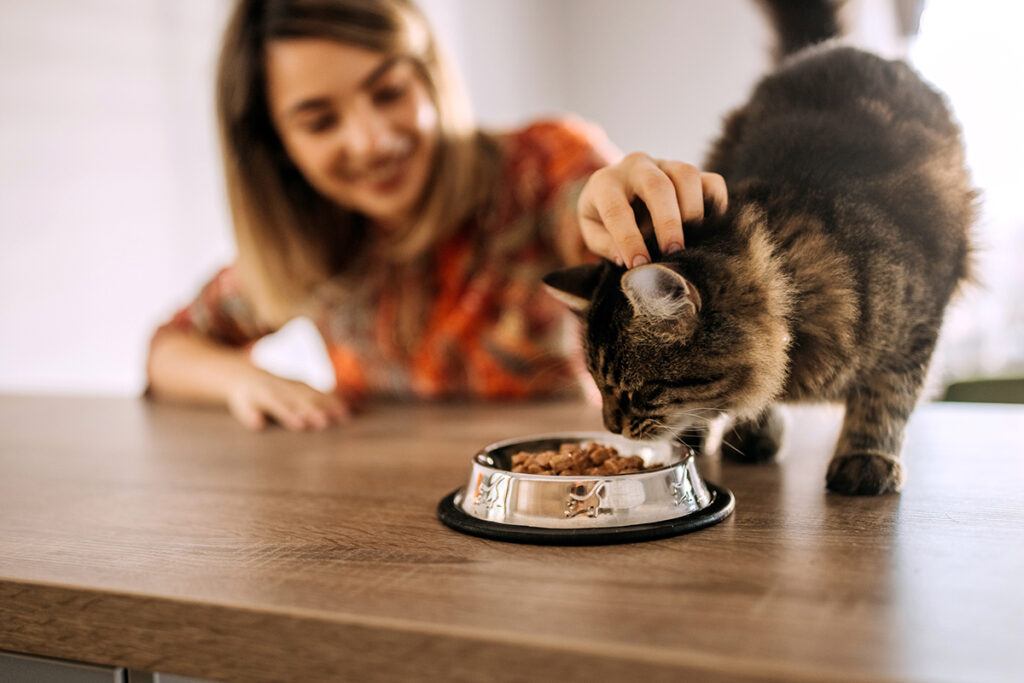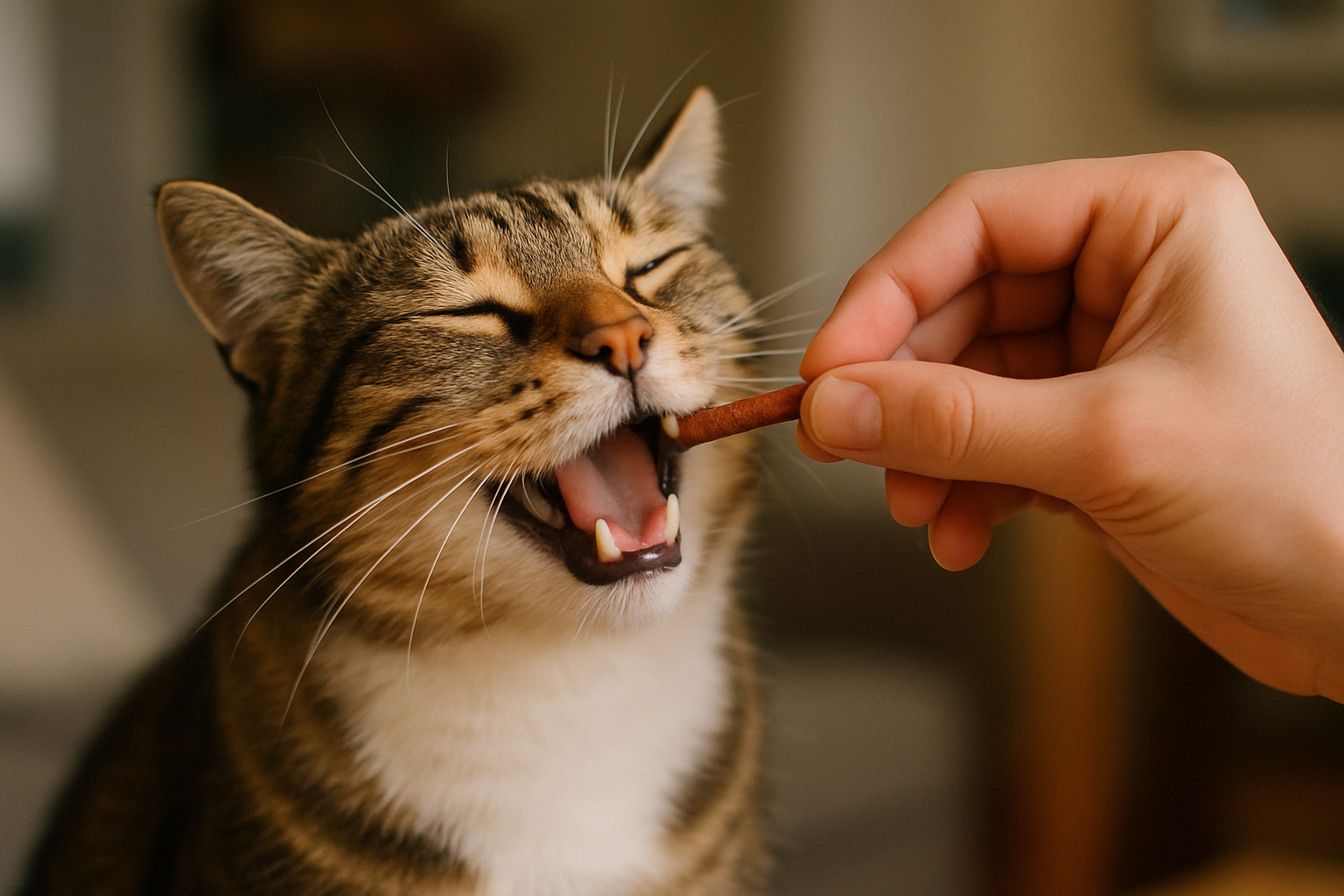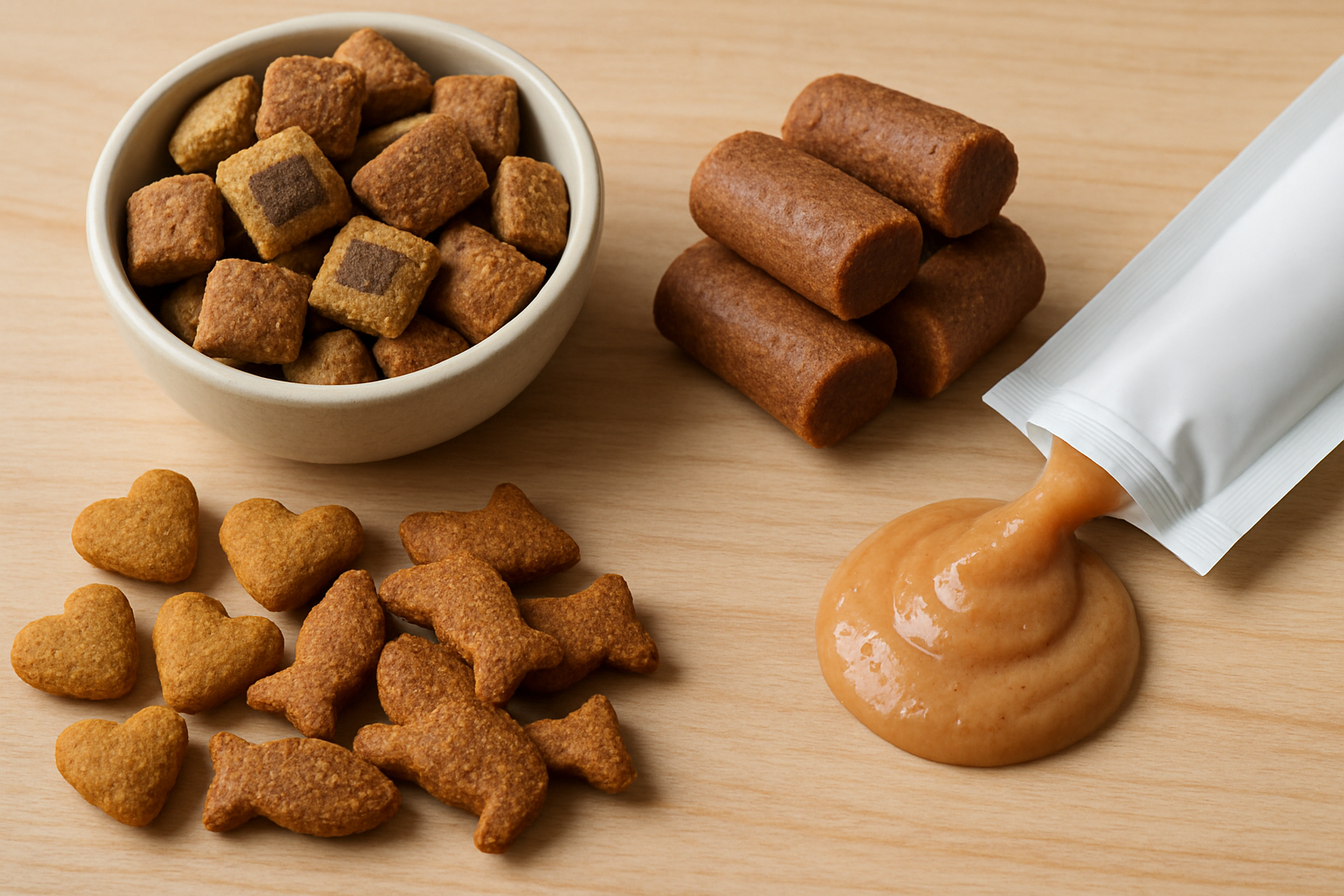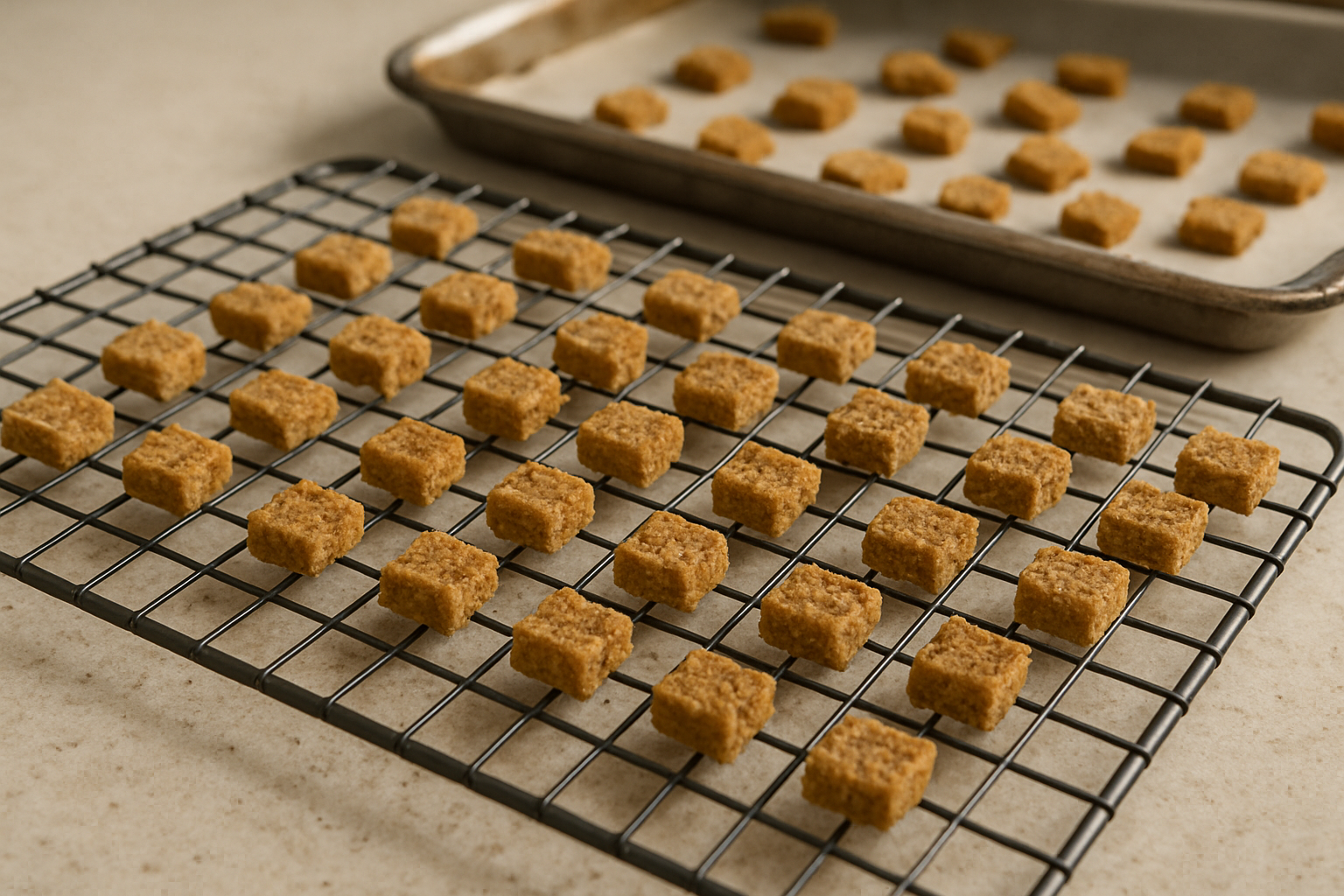
The Ultimate Guide to Cat Treats: Healthy, Delicious, and Vet-Recommended Options

Title

What Are Cat Treats and Why They Matter
Why Are Treats Important For Cats?
Title

Choosing the Best Cat Treats for Your Feline Friend
Title
1. Purpose of the Treat
Title
2. Calorie Content
Title
3. Ingredient Quality
Title
4. Texture and Palatability
Title
5. Flavor Variety
Title

Cat Treat Textures and Flavors Explained
Title
Textures
Title

Flavors
Title

Special Health Considerations When Giving Cat Treats
Weight Management
Title
Dental Health
Title
Hairball Control
Title
Anxiety and Stress Relief
Title
Homemade Cat Treats: Easy and Healthy Recipes
Two-Ingredient Tuna Cat Treats Recipe
Title

Top Vet-Recommended Cat Treat Brands
Dental Treats
Title
Training Treats
Title
Lickable Treats
Title
Hairball Control
Title
Freeze-Dried Treats
Title
Cat Treats for Training and Behavior Management
Dental Health Benefits of Cat Treats
Title

Title












